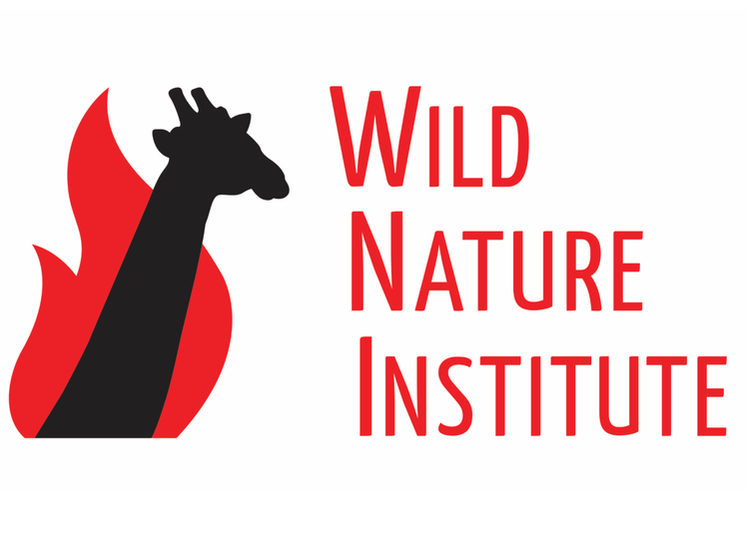|
Everyone on safari in Africa loves to see lions, the mighty kings of the savanna. We typically see lions on every giraffe survey, particularly in Tarangire National Park. Large adult male lions can monopolize several prides of females, making the rounds to check for mating opportunities, either individually or in coalitions with other males. This is one reason why we often see prides of females but not always the large adult males with the showy manes. On our last survey we were lucky to see three large males, two of whom were actively mating with females. The mating behavior of lions seems quite exhausting! A lioness is in estrus for about 4 days, during which a lion pair will couple about 2.2 times per hour, each copulation lasting 21 seconds! The male follows the female around until she initiates mating by crouching before him (see first photo below). The female growls during the entire copulation, and afterwards the male dismounts and jumps aside with a snarl or roar, and the lioness twists her head with an explosive snarl (see second photo below). She then rolls onto her side or back - she may look cute and cuddly then, but we certainly wouldn't want to mess with her!
0 Comments
We just completed our seventh full survey for ungulates in the Tarangire-Manyara Ecosystem. Each survey takes us about a month to complete. This survey is timed to coincide with the end of the dry season. Migratory animals like wildebeests and zebras travel more than a hundred kilometers from their wet-season ranges to the north and east of the park, seeking water from the Tarangire River during the dry season. During the parched months of July, August, September, and October, the river system sustains tens of thousands of wildebeests, zebras, elands, oryx, hartebeests, buffalos, and gazelles. These hoofed mammals in turn support predators and scavengers such as lions, leopards, cheetahs, hyenas, jackals, and vultures.
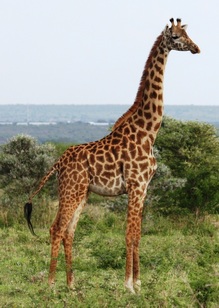 On Saturday October 19, two short films profiling Wild Nature Institute's work will be screened at the Wildlife Conservation Film Festival at the New York Institute of Technology in New York City. The Masai Giraffe describes our demography research project and why demographic data are necessary to develop effective conservation measures for this declining icon of the African savanna. The Forgotten Migration tells of our campaign to preserve one of the last two remaining wildlife migration corridors to Tarangire National Park in northern Tanzania. These films were created and produced by Wildlens, Inc. and have been a wonderful resource for us to spread the message about conservation of hoofed mammals in Tanzania. Thank you, Wildlens! The film festival will be attended by world-famous documentary filmmakers and wildlife photographers. Read more about the Wildlife Conservation Film Festival and check out the schedule by clicking here. You can view the films on our homepage. 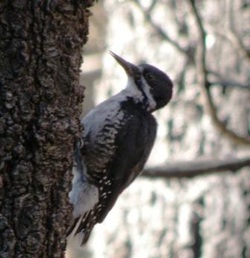 In the wake of the Rim Fire in and around Yosemite, much of the media has erroneous described the fire as catastrophic and devastating. Nothing could be further from the truth. While animals who like green, unburned forests will need to seek habitat elsewhere (there is far more green than burned forest in the Sierra Nevada), many other species will flock to the parts of the Rim Fire that burned the hottest. Wood-boring beetles, several species of woodpeckers, avian aerial insectivores, mule deer, several rodent species, and morel mushrooms are among the organisms that will thrive in the new forest of freshly dead trees. In the coming years, others will take advantage of the flush of new vegetation and the associated abundance of seeds and insects. We hope you will join with us and rejoice in the new, magical, ecologically critical snag forest habitat created by the Rim Fire! A recent opinion piece in the LA Times by fire ecologist Dr. Chad Hanson provides an excellent overview of the ecological benefits of the Rim Fire and why this snag forest habitat should be treasured and conserved. |
Science News and Updates From the Field from Wild Nature Institute.
All Photos on This Blog are Available as Frame-worthy Prints to Thank Our Generous Donors.
Email Us for Details of this Offer. Archives
July 2024
|
|
Mailing Address:
Wild Nature Institute PO Box 44 Weaverville, NC 28787 Phone: +1 415 763 0348 Email: [email protected] |
|

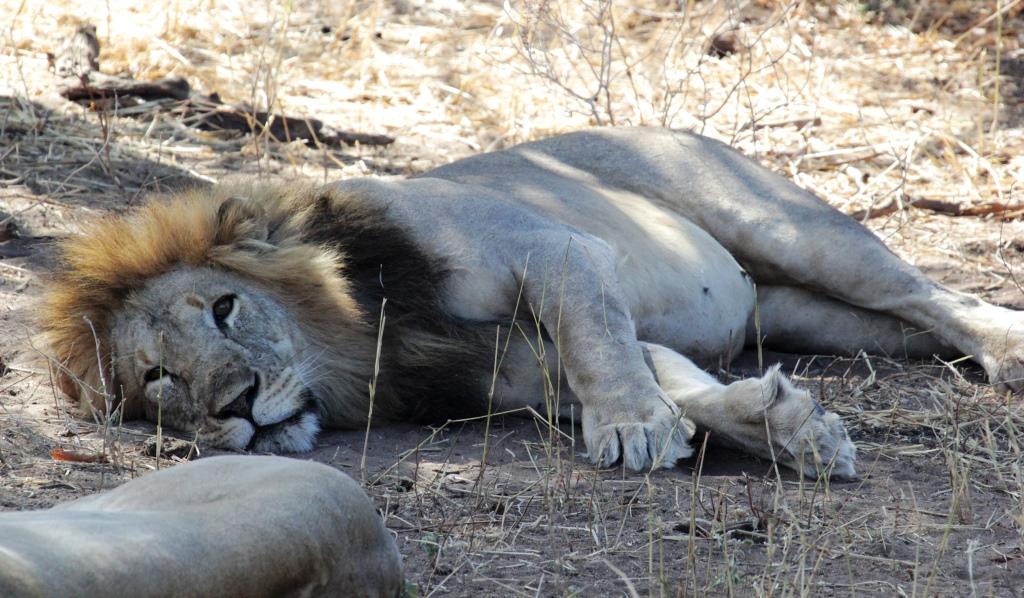
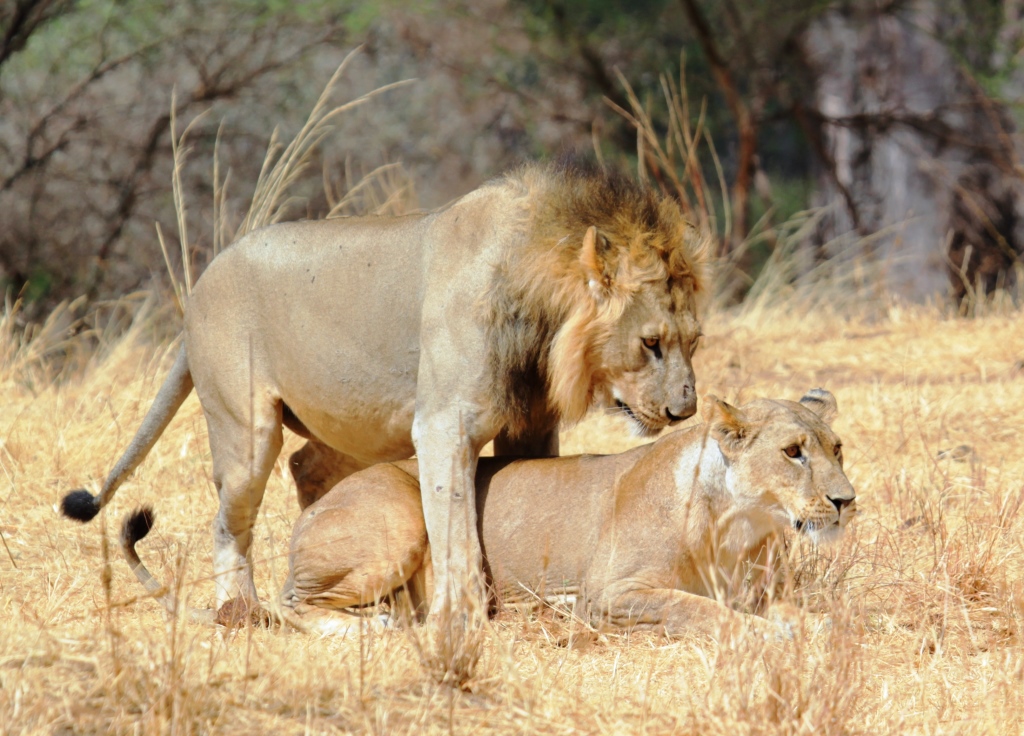
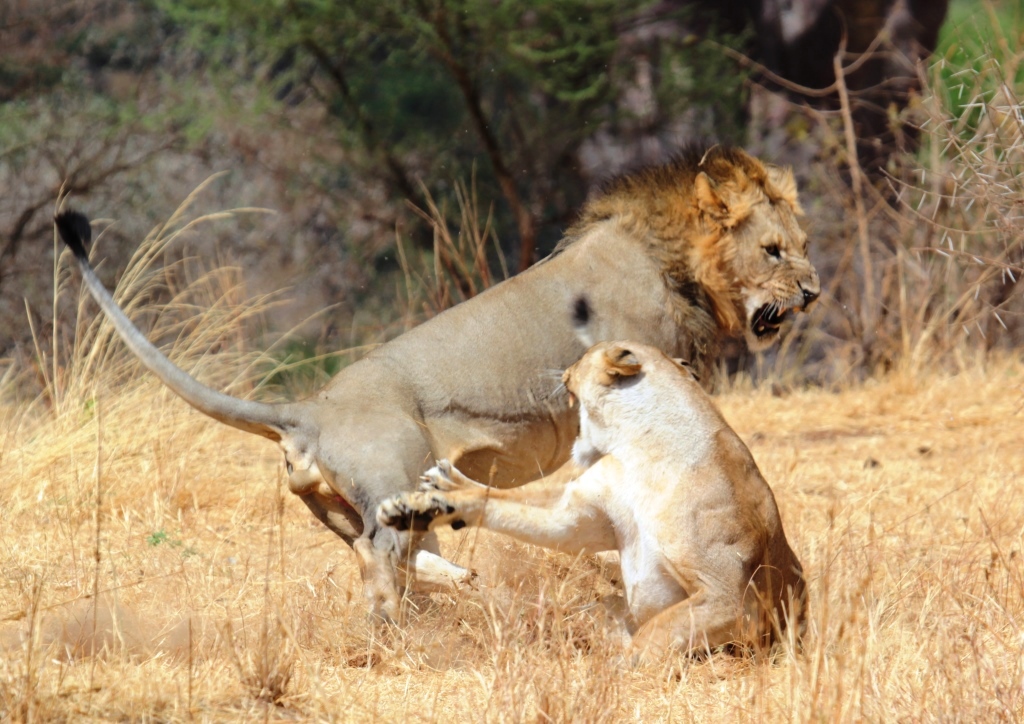
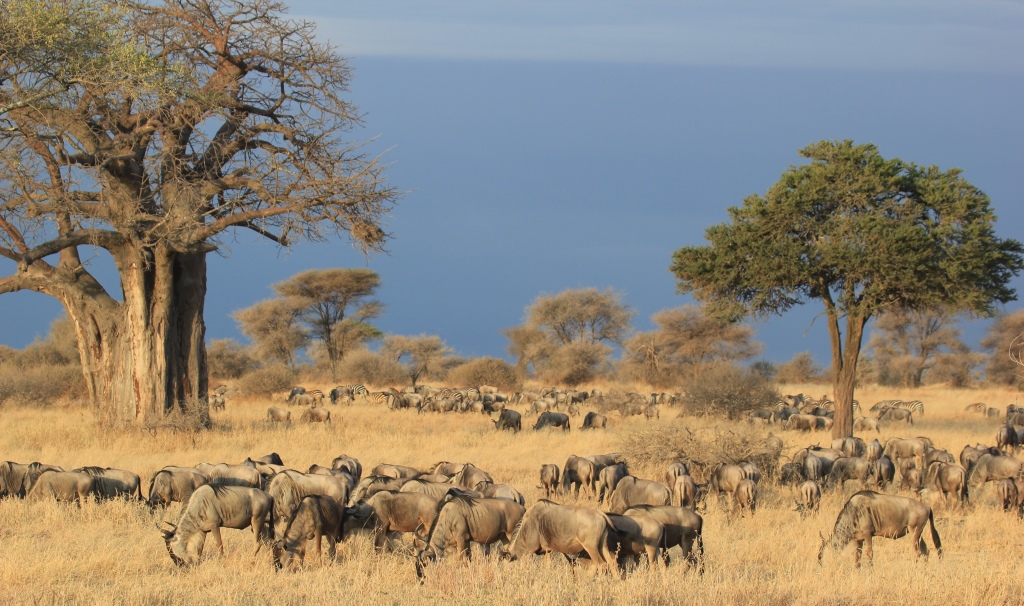
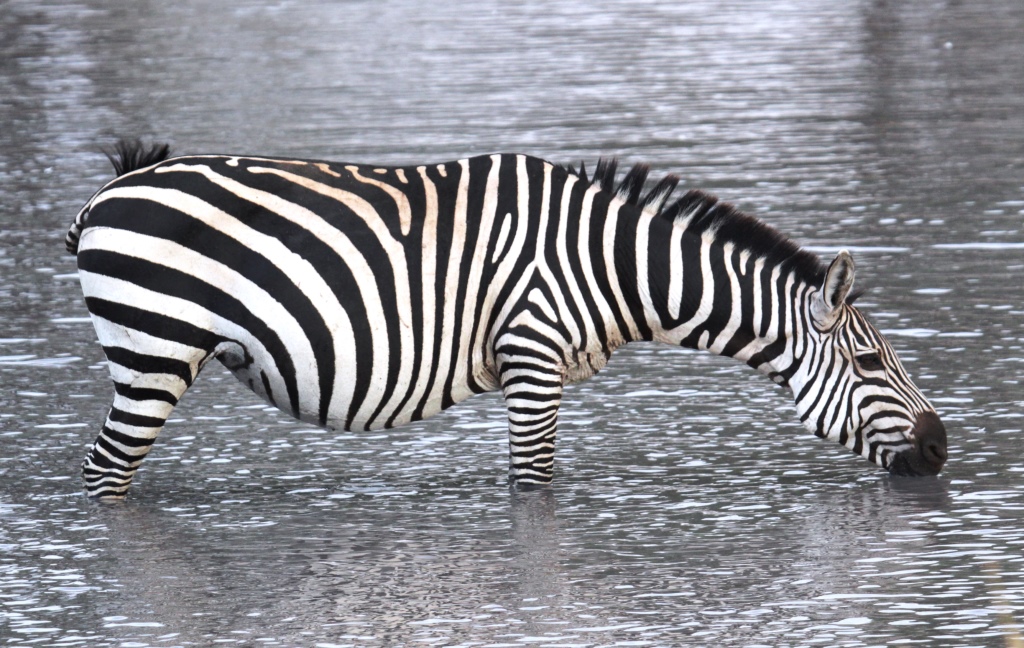
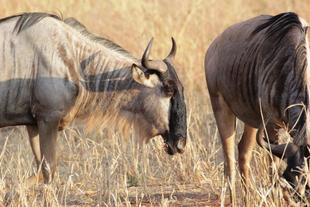
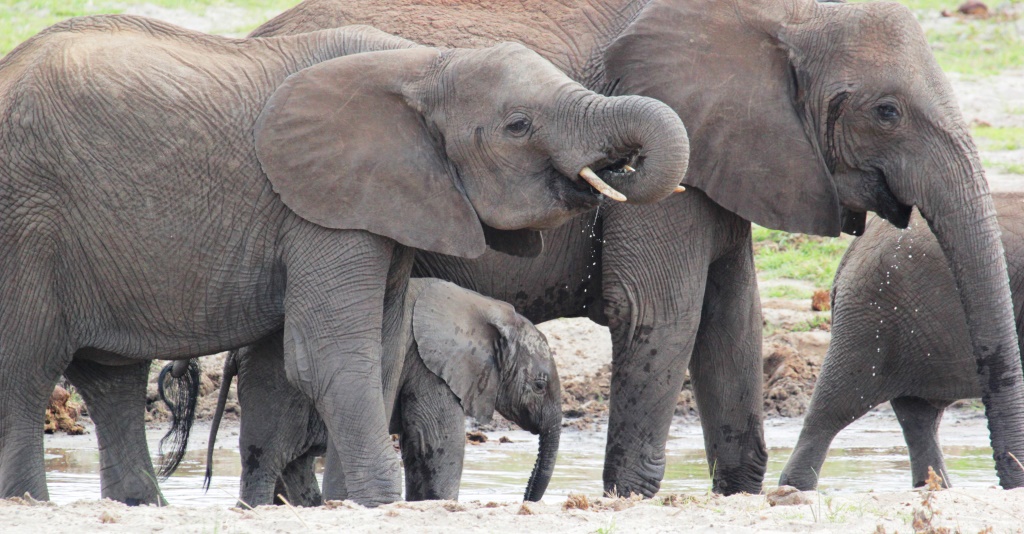
 RSS Feed
RSS Feed
